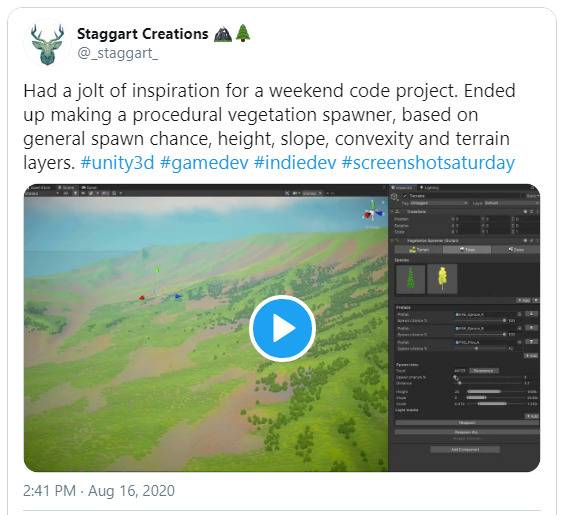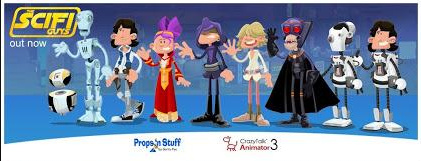Reallusion’s Cartoon Animator (formerly CrazyTalk Animator) has a new Motion Pilot feature. Seems to be a motion-damped mouse-cursor, so you can easily draw an editable motion path. But it has adjustable settings, as you can see here…
For full details see the Motion Pilot demo video.














